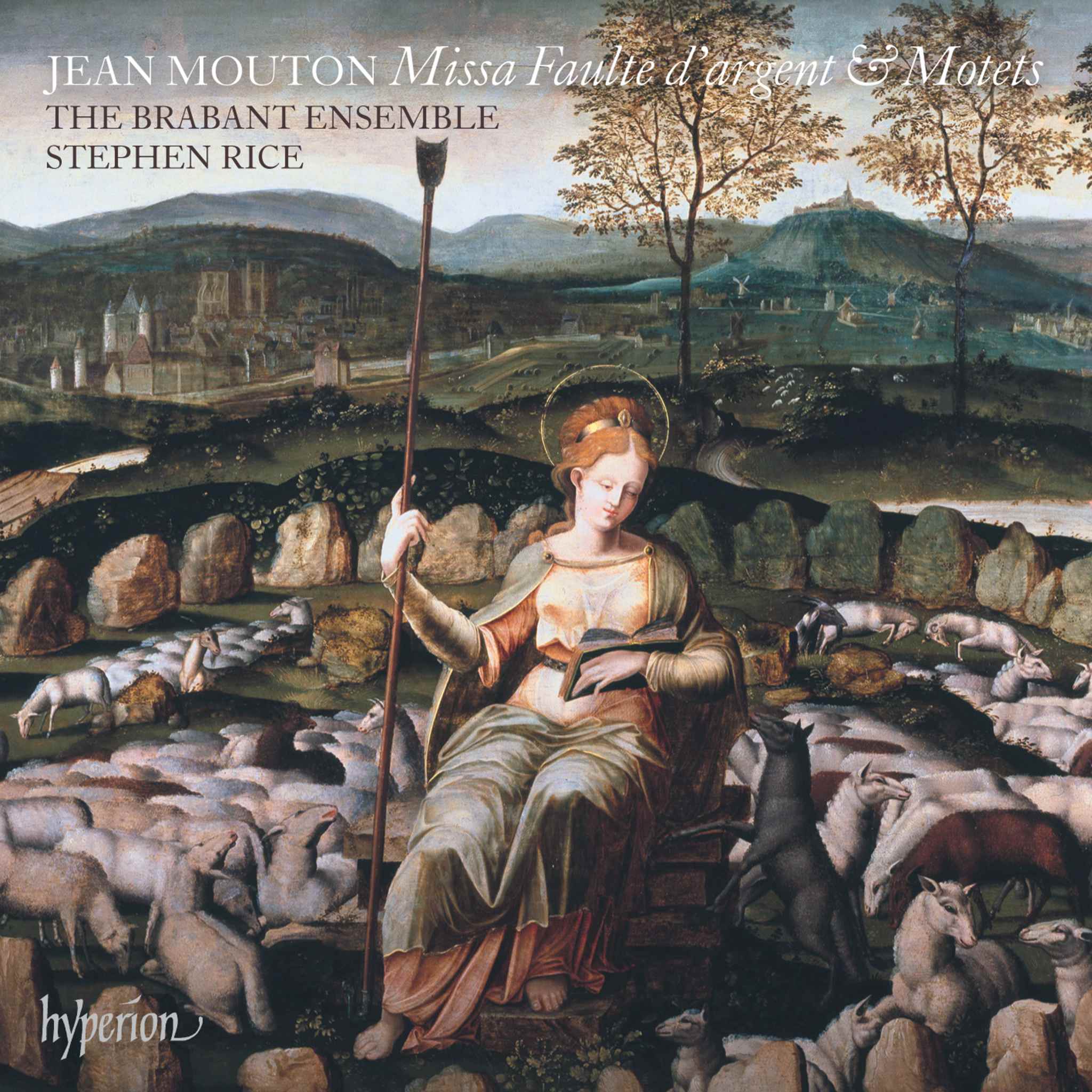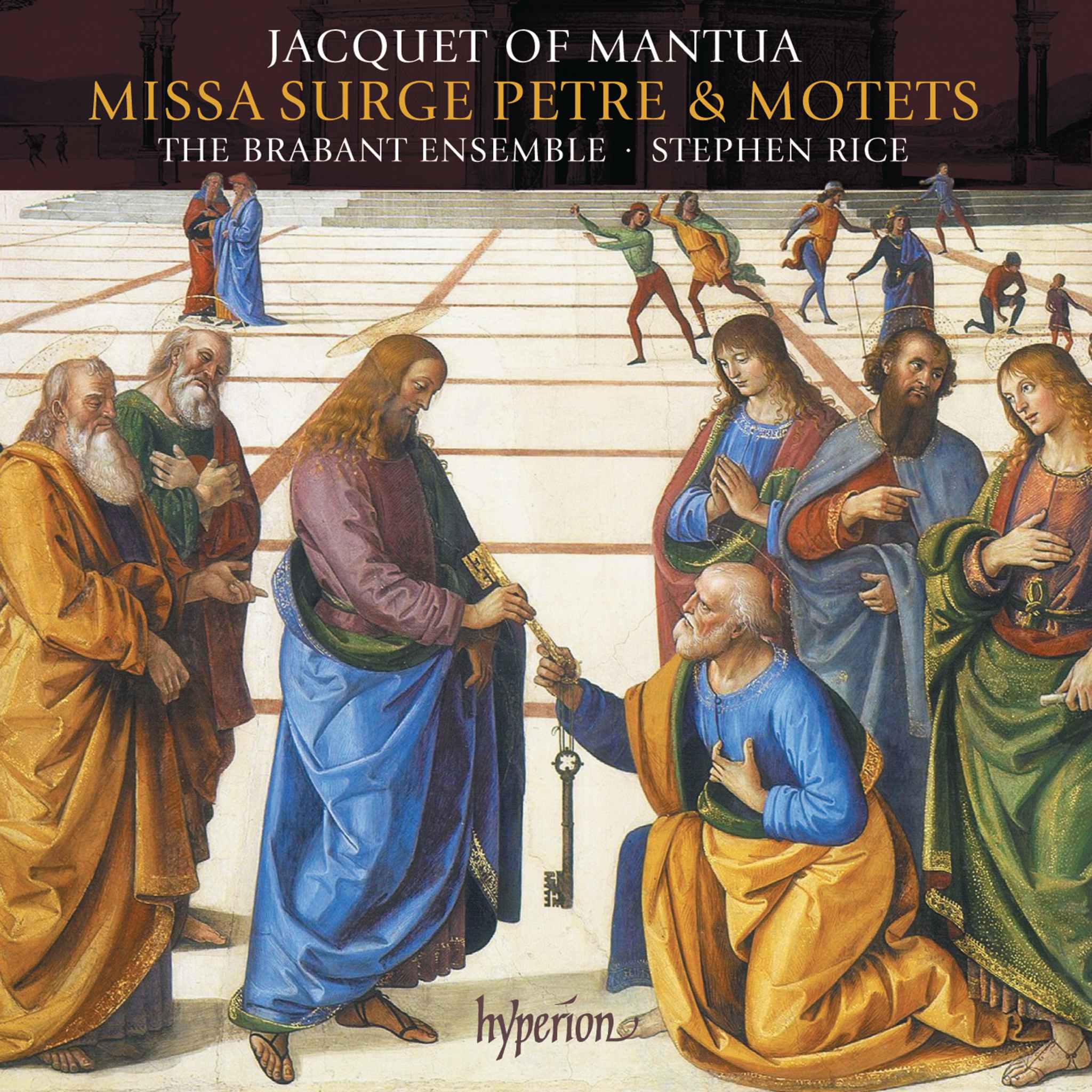Album insights
Mozart made significant contributions to the repertoire of music for wind instruments, showcasing a variety of combinations and textures. He composed for instruments such as flute, oboe, clarinet, bassoon, and horn, blending them in chamber music to create distinctive works that have become staples in the repertoire.
One notable piece is the Quartet for Oboe, Violin, Viola, and Cello, KV370, written in early 1781 while Mozart was in Munich completing his opera Idomeneo. This period focused heavily on the opera, limiting his composition of other works.
KV370, dedicated to Friedrich Ramm, first oboist in the Bavarian Elector's orchestra, highlights Mozart's ability to balance the oboe’s prominence with a diverse range of expressions. The composition includes evocative moments, such as the Adagio in D minor and a Rondo finale showcasing intricate rhythmic conflicts.
Following the success of Idomeneo, Mozart transitioned to Vienna in March 1781, beginning a decade as a freelance musician. His reputation as a celebrated pianist and composer grew, with his works regularly performed and admired in the city.
In this period, he composed the Quintet in E-flat Major for Piano, Oboe, Clarinet, Horn, and Bassoon, KV452. Premiered in 1784, the quintet displayed Mozart's innovative use of instrument pairings to create diverse sound combinations while maintaining a chamber music essence.
Mozart's Horn Quintet, KV407, also features an unconventional instrumentation, using a horn, violin, two violas, and cello ensemble. The composition demonstrates Mozart's affinity for blending instruments effectively, emphasizing the humor and affection for the performers.
KV407, possibly from late 1782, showcases Mozart's successes including the premiere of his opera The Abduction from the Seraglio, and his marriage to Constanze Weber.
After Mozart's death, Constanze aimed to preserve his legacy and submitted a list of his incomplete works to Breitkopf and Härtel in 1800. Among these fragments, KV580b (Anh. 90) gained recognition and found places in prestigious musical collections.
KV580b, known as Allegro, likely from the 1780s, introduces a lively composition for clarinet in C, basset horn, violin, viola, and cello—an unconventional yet charming instrumentation selection, reflecting Mozart's colorful orchestral choices.







